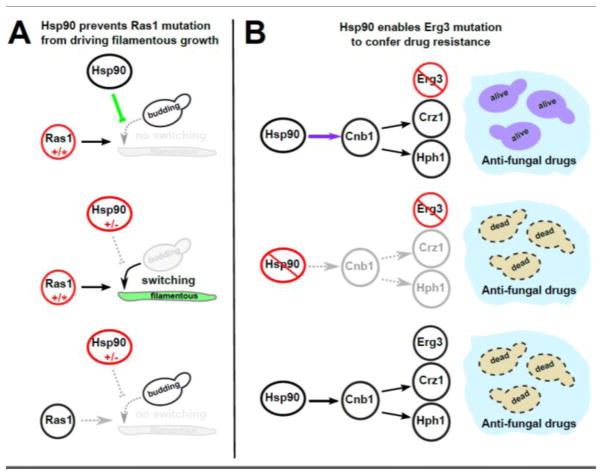Figure 3. Hsp90 acts as a buffer of some phenotypes and a potentiator of others.
(A) Hsp90 buffers the filamentous growth phenotype that would otherwise result from a Ras1 mutation. In the top panel Ras1 is mutated in a manner that drives filamentous growth in yeast, but Hsp90 represses filamentous growth (green arrow) and therefore buffers the effect of the Ras1 mutation. In the middle panel, Hsp90 inhibition relieves repression of filamentous growth so the cryptic Ras1 mutation now causes filamentous growth. The bottom panel shows that filamentous growth is not a result of HSP90 inhibition alone, but instead is a result of the interaction between Hsp90 inhibition and the Ras1 mutation. (B) Hsp90 potentiates the drug resistance conferred by Erg3 loss of function. In the top panel Hsp90 activates Cnb1 (purple arrow), which in turn activates stress-response proteins that enable Erg3-mutant cells to survive, and therefore potentiates the effect of the Erg3 mutation. In the middle panel, Hsp90 inhibition prevents the Cnb1-dependent stress response so Erg3 loss of function is fatal. The bottom panel shows that wild type yeast are sensitive to the drug; resistance results from the interaction between Hsp90 presence and Erg3 loss of function. Similarly to Fig 2, red color indicates mutations or altered function; green color indicates regulatory interactions that underlie buffering or formerly buffered traits; purple color indicates regulatory interactions that underlie potentiation or potentiated traits; and gray color indicates regulatory interactions or phenotypic states that do not exist or gene products that are not active in the particular scenario.

